What you need is an amplifier. It does not have to be a particularly good amplifier, as you can add negative feedback to make it accurate at the low frequencies.
Because your power level is quite high (50W), Class D amplifier would be a good choice, for its efficiency and low amount of waste heat. It works similarly to switching mode DC-DC converters.
Easiest way to make a class D amplifier is to take a 500 VDC supply voltage, a MOSFET half bridge rated to that voltage and an output filter made of inductors and capacitors. Instead of a DAC, most straight forward way would be to use a microcontroller PWM pin to drive the H-bridge. The duty cycle determines the output voltage, and you will want the PWM frequency to be about 10x the analog bandwidth you want at the output.
If you only have an analog input signal, a sigma-delta modulator IC can be used to convert it to PDM signal. If the output noise level is important, PDM can give less noise than PWM in a microcontroller implementation also.
After the half bridge, you have a square wave that alternates between 0 and 500 VDC, having the average level of your target signal. To filter out the high frequency square wave components, you can use 1 to 3 stages of LC lowpass filters.




